
A lot of hunting is waiting. Hunting season in most of the country comes with cold weather. Hunting can be exciting, there is nothing like finding the buck or shooting the duck, but when you have to sit in the cold it can lose some of its luster. Let’s beat the cold and harvest that game.
There is a great story by famous adventure writer Jack London, “To Build a Fire.” If you have never read it, you should take ten minutes and check it out. A man wants to make a short trip to visit friends. In spite of warnings, he underestimates the harsh conditions and slowly begins to freeze to death.
Through a combination of ineptitude and bad luck, he slips into unconsciousness and dies of hypothermia. It is a cautionary tale, but you don’t have to go to the Yukon to die from hypothermia, it can happen well above freezing. One of the first effects of cold is confusion and poor judgment. Poor judgment is a leading cause of accidental death and injury.
Anyone can be cold, there is nothing noble about that. Being cold can make you miss a shot or make a bad decision. Even worse, being really cold can take fingers and toes or kill you. In addition to good clothing choices, you should pack shelter, insulation, and fire-starting gear. Don’t survive by accident.
Plan Ahead
Let’s stay warm; the first step is planning. Look at the weather forecasts and analyze your activity levels. You should plan your nutrition, hydration, activity, rest, and dress accordingly. Your metabolism is the furnace that keeps you warm, start by making sure it is properly fueled.
Stay Hydrated
Make sure that you are drinking 5 or 6 quarts of water a day. In cold weather, people tend to drink less than they should. Avoid nicotine and alcohol as they dehydrate. Hot juice or soup can keep you warm while hydrating and providing needed calories. If you don’t know this trick, yellow urine is the first sign of dehydration. If it has been hours since you have taken a leak, you are dehydrated.

In cold weather, your caloric requirements may increase by 25-50%. To stay warm, you should snack throughout the day with calorie-dense food like dried fruit, nuts, cheese, or jerky. Try to eat hot food and drink warm beverages. Carry emergency rations for unexpected delays. Eat a large snack at night to keep warmer during sleep and prevent shivering.
Calories needed:
– moderate exertion – 4500 calories/day
– extreme exertion – 8000 calories/day
Dress Warm: The Basics Of Layering
Warmth comes from insulation. The most efficient way to provide insulation is trapping air. Layering is the process of using various items of clothing to provide adjustable levels of insulation that trap air in clothing. Key Take Away: As conditions and activity levels change, so should your layers of clothing.
There are three basic layers of clothing:
The Base Layer (Wicking Layer)
The Middle Layer (Warming Layer)
The Outer Layer (Protective Layer)
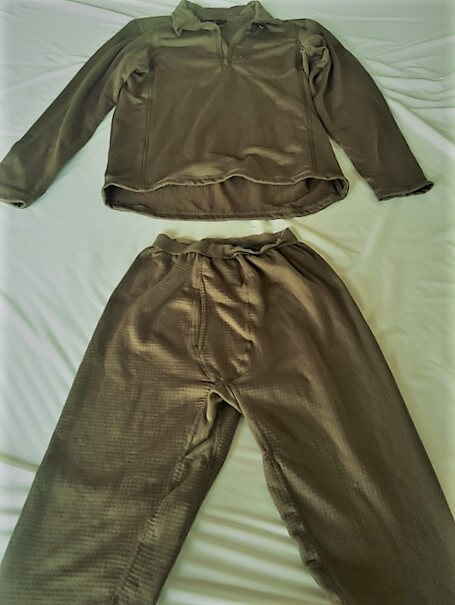
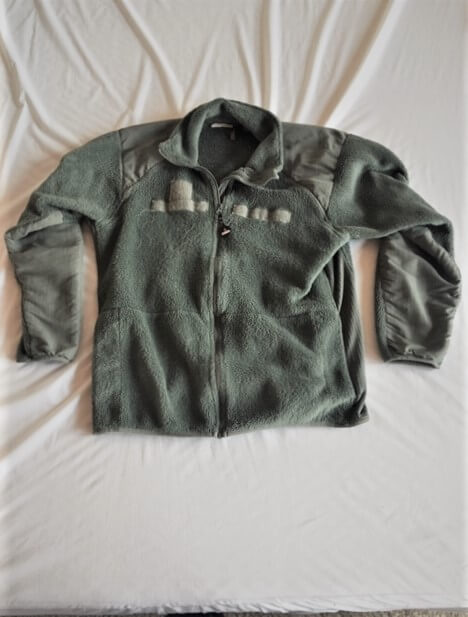
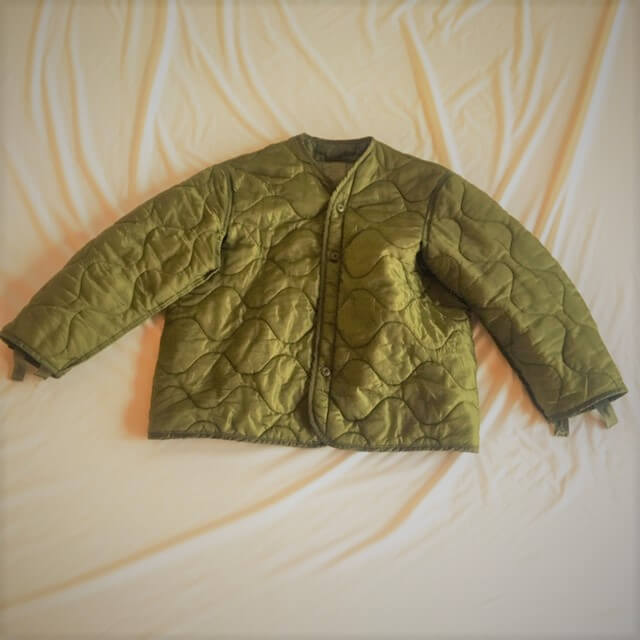
The middle layer or the warming layer. Its thickness is determined by conditions. Flexibly functional, you want to select enough insulation to keep you warm. Something which will hold loft and dry quickly when wet. Two of my favorites are a military field jacket liner and a polyester fleece jacket. Polyester is renowned for its insulation. It can maintain quite a high-temperature difference on its two sides. In our case, it is the inside and the outside.
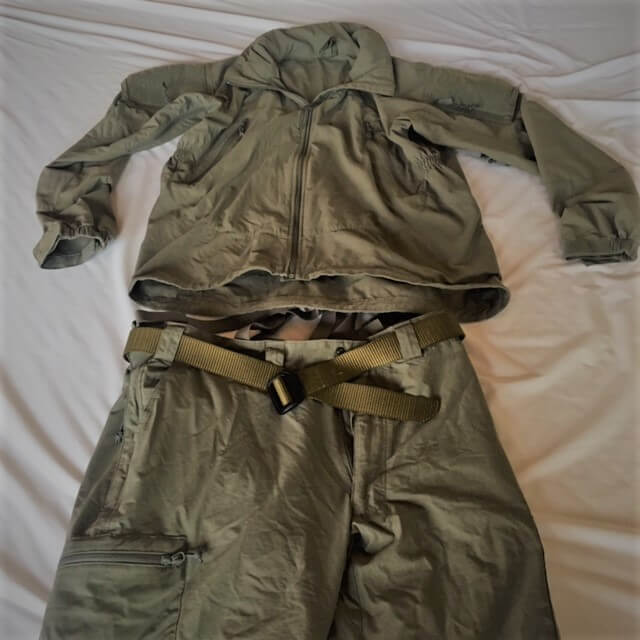
The outer layer is like a protective shell. This layer wards off the wind or rain or snow and traps body heat and prevents it from leaking out. There are two types; a hard shell, like a Gortex parka which repels water or a soft shell that resists water and breathes dry. In wet weather above freezing, you may prefer a hard shell. Below freezing, there is no need for protection from water.
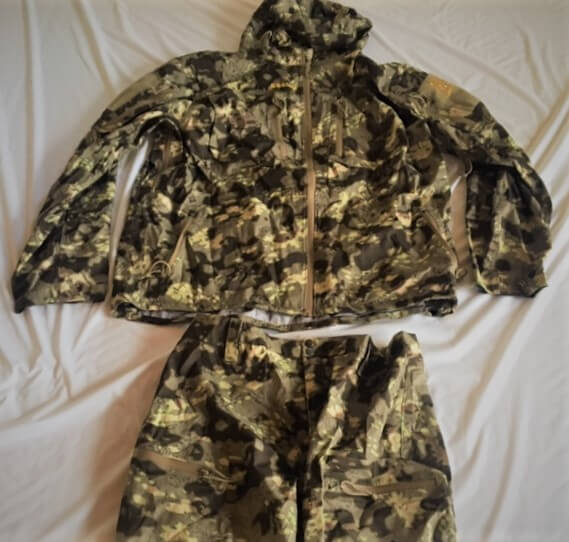
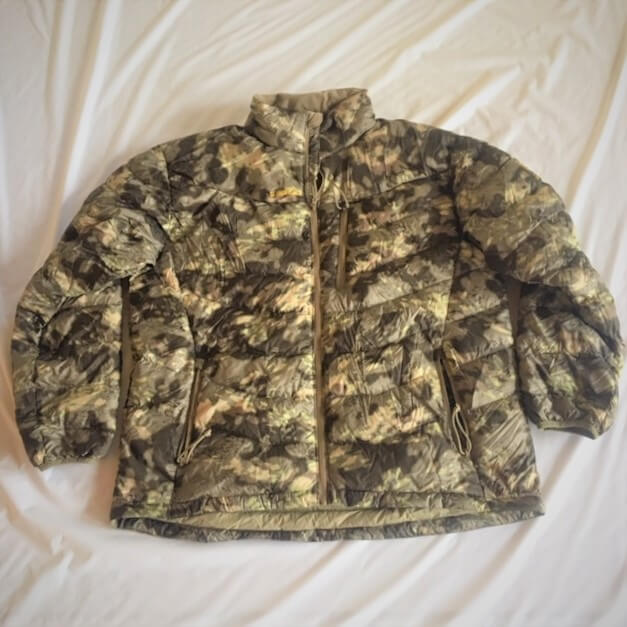
Picking Your Layers
The U.S. Army teaches the acronym COLD for dressing for cold weather:
- keep Clean
- avoid Overheating
- wear Loose and Layered clothing
- keep Dry
Layering is not just putting on a bunch of stuff. Wearing too many clothes will cause over-heating and sweat. You don’t need to spend a fortune on clothes. More important is having three layers suitable for your situation. The location, elevation, weather, temperature, and the possibility of rain or heavy wind all impact your layers. As your conditions and activity levels change, so must your layers. You may find that you have to carry extra layers with you during movement to put on during periods of inactivity or precipitation.
The biggest mistake people make with winter clothes is fit. The fit must be loose to maintain the loft and hold air. Tight clothing does not insulate well because it does not hold air.
Hats and Gloves
When I was a kid, I learned that if your feet are cold, put on a hat. What does that mean? Well, 70-80% of lost body heat escapes through the head. Your hands and feet are at the end of your circulatory system. When your core temperature drops, your body’s reaction is to reduce peripheral circulation.
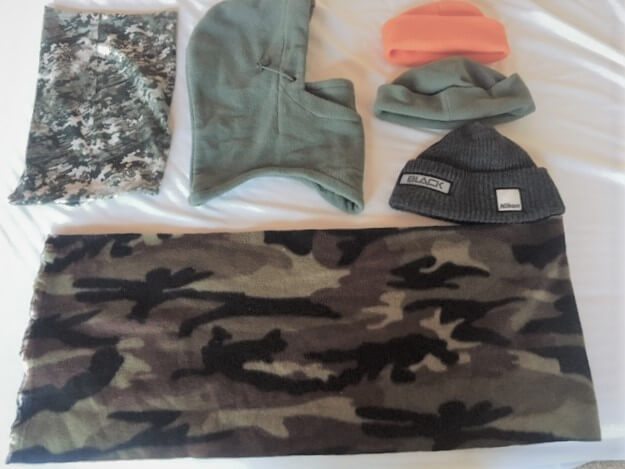
Keeping the head and neck warm goes a long way toward keeping the core temperatures up. Some combination of balaclava, pile cap, neck gaiter, and wool scarf should hold in the heat. Head gear is also easy to change if you need to heat up or cool down.
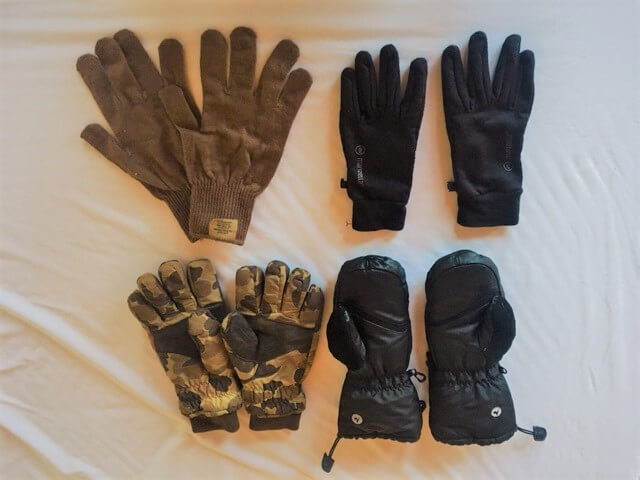
Cold hands make simple tasks like aiming and pulling a trigger difficult. Cheap mittens are better than expensive gloves. Light-duty glove liners are useful inside gloves or mittens when you need more dexterity. If you are in a place where your glove gets wet, they should be waterproof. As with all things winter, gloves must fit loosely to allow air space and circulation.
Socks and Shoes
Layering for your feet is slightly different from layering other body parts. Feet take longer to warm up if they get cold. The basics are the same. Wicking, insulating, and protecting. It is important to change socks when they become damp.
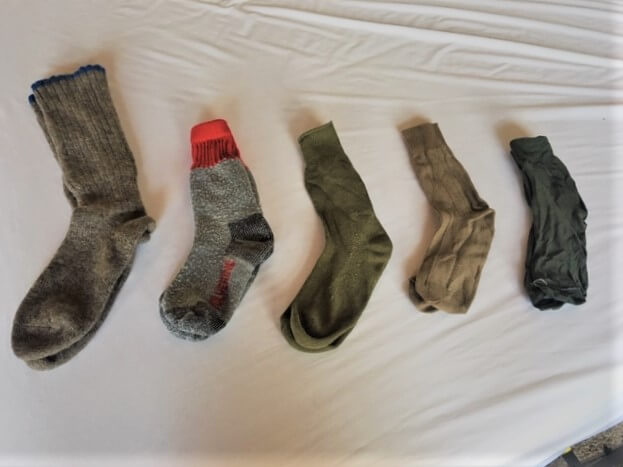
You will need to wear multiple layers along with boots and also keep space for comfort As a base layer, you should wear a long thin sock, that will wick the sweat away easily and keep the feet dry. Keeping your feet dry and warm is more important than the upper body. You really need to go thin here. For the insulating layer, you should wear thick socks. Insulated boots are another option that can work with socks for warmth.
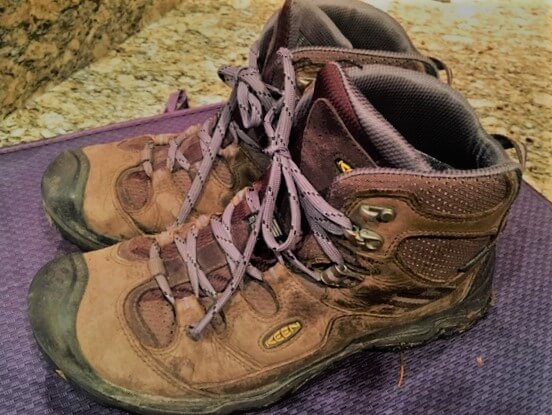
For the outer layer, there are two main categories of boots: breathable boots such as leather or Goretex and insulated boots like insulated or vapor barrier boots. The choice is yours. Light boots are good for mobility, while insulated boots are good for extreme cold. Your choice depends on your hunting location and weather.
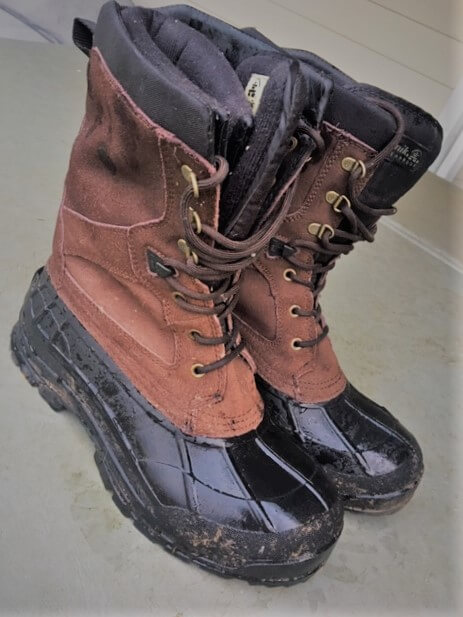
In extreme cold, you may wish to add a vapor barrier layer. This can be as simple as wearing a plastic bread wrapper between your outer socks and boots. This will hold moisture in and eventually make your feet wet but it will eliminate evaporative cooling. This can make light boots work harder for you.
Like clothing, boots must be sized to accept the socks you have selected. Tight boots are uncomfortable and reduce circulation. This is dangerous and can lead to frostbite. I would go as far as saying that the correct fit is much more important than any other factor.

Well-fitting and properly worn bargain clothing will keep you warmer than expensive clothes carelessly chosen. Pay attention to conditions and try your gear out in the cold before you get in a critical situation. It could save your hunt. It could save your life.